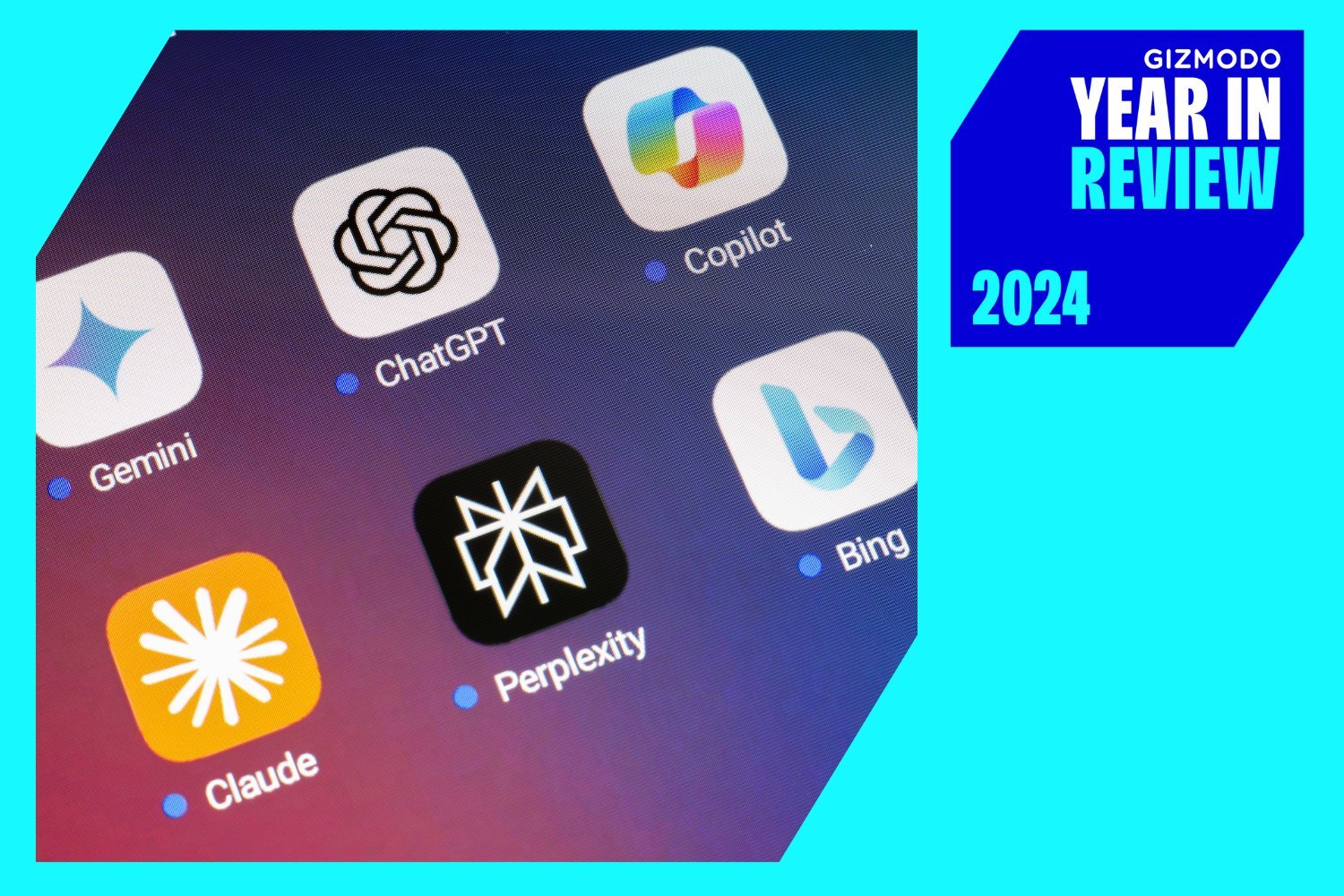OpenAI has concluded its “12 Days of Shipmas” by introducing o3, its latest and most advanced chain-of-thought reasoning model. While not publicly available yet, safety researchers can access a preview by signing up through OpenAI’s early access program. This new model aims to address the persistent issue of chatbot inaccuracy by mimicking human reasoning processes.
Reasoning models like o3 differ from traditional chatbots by actively considering related information before generating a response. For instance, when asked, “Can habaneros be grown in the Pacific Northwest?” o3 might internally explore questions like “Where do habaneros typically grow?”, “What are the ideal growing conditions for habaneros?”, and “What’s the Pacific Northwest’s climate like?” This mimics the human process of gathering information before drawing a conclusion, a process that often requires multiple prompts with existing chatbots. o3 aims to automate this internal information-gathering.
o3 succeeds o1, OpenAI’s initial foray into chain-of-thought reasoning models (skipping “o2” to avoid confusion with a British telecom company). A notable feature is adjustable reasoning time, with low, medium, and high settings allowing users to balance performance with computational resources. OpenAI is committed to rigorous safety testing (“red-teaming”) with researchers to minimize potential harm.
Reasoning is currently a key focus in generative AI, seen as the next step in enhancing large language models (LLMs). Simply increasing computational power has diminishing returns, necessitating innovative techniques like chain-of-thought reasoning. Google DeepMind recently introduced its own reasoning model, Gemini Deep Research, which can generate detailed reports based on extensive web research.
OpenAI showcases o3’s impressive benchmarks, including a 2727 score on Codeforces (placing it in the 99th percentile of programmers, where 2400 represents that percentile) and a 96.7% score on the 2024 American Invitational Mathematics Exam, missing only one question. While these results are promising, real-world performance remains to be seen, especially considering OpenAI’s recent Sora video generation model, which still requires refinement. While optimism abounds regarding accuracy improvements, caution is advised when using AI models for critical tasks requiring precision.
Companies like OpenAI and Perplexity are vying to become the next Google, organizing and interpreting global information. Both now offer search products mimicking Google’s real-time web access. The current AI landscape mirrors the late 1990s search engine boom, with various players like Google, Yahoo, AltaVista, and Ask Jeeves competing for dominance. Ultimately, Google prevailed due to its superior performance.
OpenAI currently holds a significant advantage with hundreds of millions of monthly active users and an Apple partnership. However, Google’s Gemini models have garnered recent praise, and reports suggest deeper integration with Google Search is imminent. The competition remains fierce, and the future leader in this rapidly evolving field is yet to be determined.











